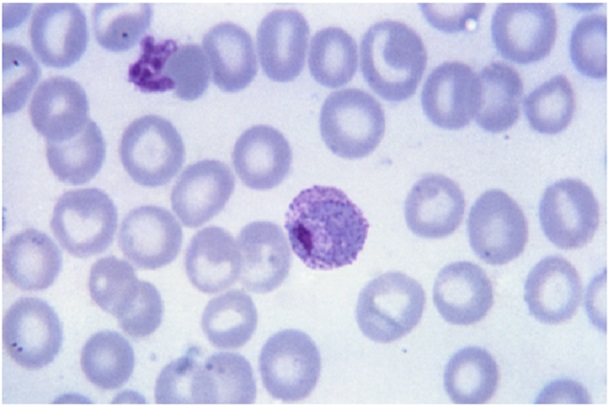 Wash your hands regularly and wear a face mask.
Learn more
Wash your hands regularly and wear a face mask.
Learn more

Malaria is a severe and sometimes life-threatening disease that is spread by mosquitoes found in living environments carrying the active plasmodium pathogen.
Plasmodium lives and begins its life cycle inside an infected female Anopheles mosquito which in turn distributes it to other life forms. The malaria pathogen has numerous sub-species that are responsible for different degrees and severity of symptoms and also respond to different treatment modalities.
Once a person is infected, the pathogens travel immediately to the liver where they stay and mature for about three days. At maturity, the pathogen migrates into the bloodstream and begins to infect red blood cells. Within 72 hours, the parasites multiply and cause the red blood cells to burst open.
The parasites continue to infect the red blood cells, prompting the symptoms which the infected individual begins to experience. This goes on in cycles for about 3 days.
Causes of Malaria
Malaria results when an Anopheles mosquito infected with one of these species: Plasmodium, P. vivax, P. malariae, and P. ovale parasite bites you.
Depending on the strand of the parasite, the duration from infection to the manifestation of symptoms may differ in the following ways:
Mode of Transmission
The primary mode of transmission of the disease remains the bite received from an infected Anopheles mosquito. However, other channels of infection exist such as:
Signs and Symptoms of malaria
Symptoms develop within 10 days to four weeks of infection, and they may include any or a combination of the following:
Diagnosis
Once symptoms begin to manifest, go to your doctor immediately. He is likely to ask you questions and give you modalities for treatment depending on the severity of the symptoms manifested. Other cases could involve additional blood tests to confirm the presence of the parasite.
Prevention
Carrying out the following domestic and personal responsibilities can help keep malaria away
Some strains of malaria such as P. knowlesi and P. falciparum may move to the fatal stages of the disease within a few days of the manifestation of symptoms. Hence treatment should begin as soon as symptoms manifest.
Treatment
Unlike when the disease was first discovered, treating malaria is relatively easy thanks to the manufacture of different brands of effective medicines. Although there are other modes of treatment for the illness, use of medicines should be the first option.
However, the type of drug to be used and the length of treatment depends on your age (infant, young adult or old), pregnancy status (for women), the severity of your symptoms, and the type of malaria parasite.
Source: World Health Organization, and other sources